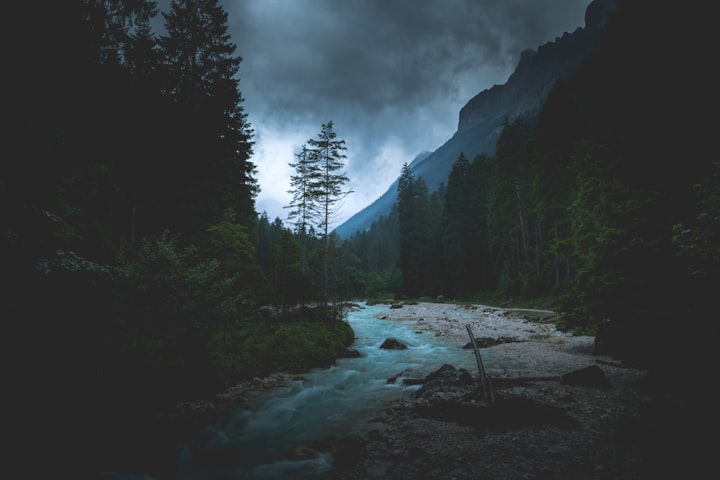Stargazers discover the nearest dark opening to Earth, traces of something else
Nestled between the Black Rock Desert-High Rock Canyon Emigrant Trails National Conservation Area (BRNCA) and the Sheldon National Wildlife Refuge (SNWR)

Earth has another neighbor: A dark opening extra from the passing of a transient youthful star. Dark openings are places in space where there is a ton of issue in a tiny space. Gravity, the power that arranges things, is so solid in a dark opening that nothing, not light, can get away.
European space experts have tracked down the nearest dark opening to Earth yet. It is close to the point that the two stars moving around it tends to be seen by the unaided eye.
Close means something else when discussing space. Articles in space are so far separated that the distances in kilometers or miles are tremendous. All things being equal, we utilize a unit called a light-year, which is the way far light can go in a year. The dark opening is around 1,000 light-years away, and each light-year is 5.9 million miles (9.5 trillion kilometers).
Most recent Discovery Could Lead To More Galactic Findings

As far as the whole universe and surprisingly the Milky Way cosmic system, this new dark opening is in our area, said European Southern Observatory space expert Thomas Rivinius. A world is an arrangement of billions of gas, residue, stars, and encompassing planetary groups held together by gravity.
Rivinius drove the examination distributed in the diary Astronomy and Astrophysics on May 6, 2020. The past nearest dark opening is presumably multiple times further away at around 3,200 light-years away, he said.
The more current dark opening was found in the group of stars Telescopium confronting the Earth's Southern Hemisphere. A heavenly body is a gathering of stars that structure an example that you can take note. Numerous heavenly bodies have names. Telescopium is toward the south of a more unmistakable gathering of stars: the Sagittarius heavenly body.
Its revelation gives a clue that there are a greater amount of these out there. Stargazers guess there are between 100 million and 1 billion of these little however thick items in the Milky Way, the world wherein our nearby planet group dwells.
Something Caught The Scientists' Attention

The issue with discovering dark openings is that we can't see them on the grounds that no light can get away. Typically, researchers can possibly spot them when they are eating up segments of an accomplice star or something different is falling into them. Cosmologists think most dark openings, including this newfound one, have nothing sufficiently close to swallow. So they go undetected.
Cosmologists tracked down this dark opening since they were taking a gander at frameworks in space with two stars (our nearby planet group has just one star, the sun). In this two-star framework, called HR6819, the researchers were taking a gander at the way each star circled, or went around one another. The circle of one star was distorted, which implied that there was something with gravity pulling on it.
Utilizing a telescope in Chile, in South America, they affirmed that a dark opening was pulling on this internal star. Different stargazers concurred.
What Could Be Hotter Than The Sun?

The stars around the dark opening are youthful and blistering contrasted and our 4.6-billion-year-old sun. They are maybe 140 million years of age. They are multiple times more smoking than the sun, at around 26,000 degrees Fahrenheit (15,000 degrees Celsius).
The dark opening was shaped around 15 million years prior when one star got too enormous and excessively hot. It basically detonated in an occasion known as a cosmic explosion. Going cosmic explosion transformed the star into a dark opening, Rivinius said.
"All things considered, there are dark openings a lot nearer than this one," said Avi Loeb, head of Harvard University's Black Hole Initiative, who was not piece of the investigation. He said in the event that you see a subterranean insect in one little spot in your kitchen, indeed, "you know there should be a lot more out there."






Comments
There are no comments for this story
Be the first to respond and start the conversation.